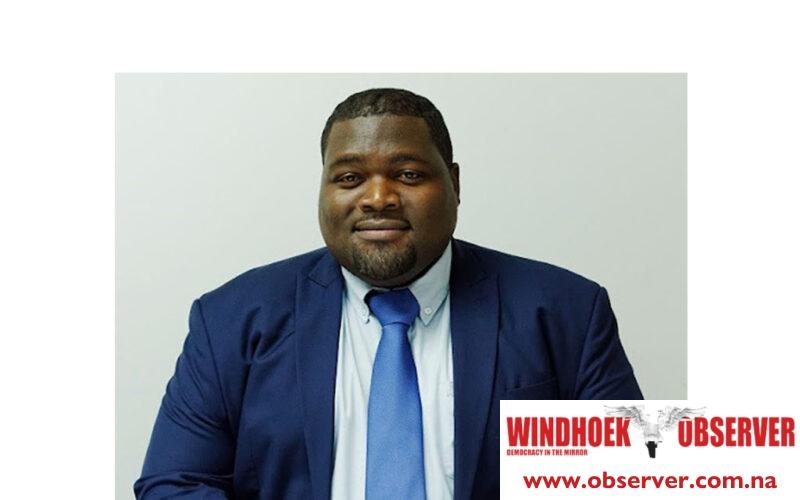Chamwe Kaira
Swakop Uranium executive president Irvine Simataa has confirmed a recent visit to Zambia by company officials. He described Zambia as a highly prospective and progressive mining region in the SADC.
Simataa said the visit had two objectives. The first was on behalf of its majority shareholder, CGNPC Uranium Resources Company (URC), to meet with government, private sector, and other stakeholders for exploratory talks on possible partnerships to develop uranium projects in Zambia.
The second objective was for Swakop Uranium to build technical relationships with Zambian mining peers operating mines similar in scale to the Husab Mine. This effort was aimed at operational and technology benchmarking, which Simataa said is key to Swakop Uranium’s goal of becoming a world-class uranium producer.
He said this aligns with CGN’s global positioning as a major player in the energy transition space, particularly in nuclear energy investment and production.
“Moreover, Swakop Uranium is the third largest uranium-producing mine in the world, placing it and Namibia in a global leading position,” said Simataa.
He said it is still early to discuss specific projects, as the mission was exploratory. Any investments by CGNPC URC, he said, are guided by internal company procedures and the regulatory frameworks of host countries.
“We subscribe to the highest standards of business dealings and are bound by a code of conduct and regulatory requirements as ascribed for state-owned entities in China,” Simataa said.
He said Zambia’s uranium development is still at an early stage, unlike Namibia’s. As an experienced uranium miner, he said, Swakop Uranium is well-positioned to contribute meaningfully to the country and the region.
On the benchmarking side, Simataa thanked the management of Barrick Gold and First Quantum Minerals (FQM) in Zambia for the technical engagement.
“We believe that the unlocking of potential to tap into the knowledge and experience from our operations can only yield significant benefits for our entities in terms of safety, operational innovation and efficiency, technology, and sustainability. The solutions to industry challenges remain similar beyond the differences in the commodities we mine,” he said.
The Zambian government recently announced its readiness to use nuclear science and technology for peaceful purposes, including addressing drought conditions. The Ministry of Technology and Science said integrating nuclear science into national development strategies is vital to solving major national challenges.
Zambia aims to build capacity to operate a nuclear power plant of at least 2,000 MW within the next five years.




